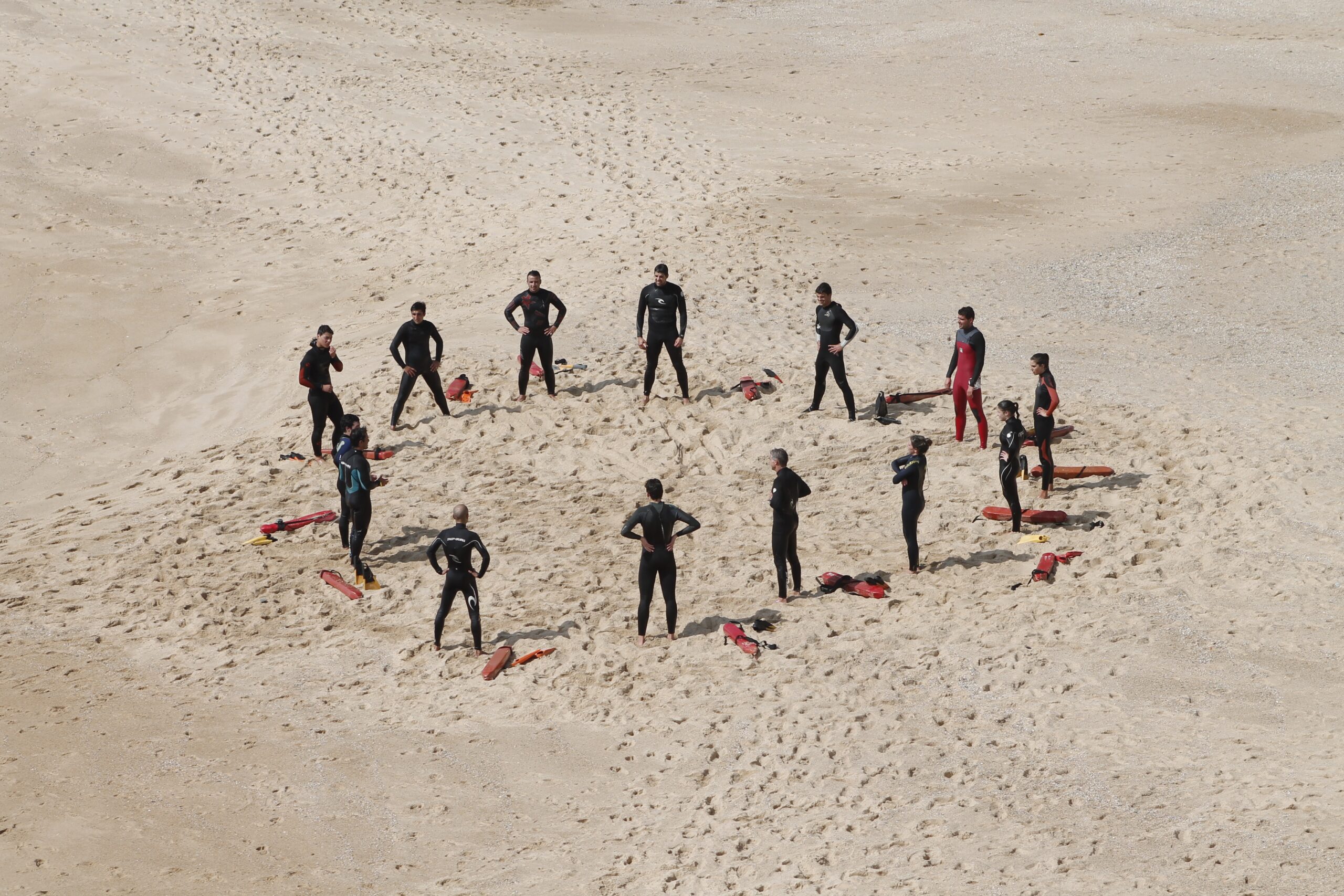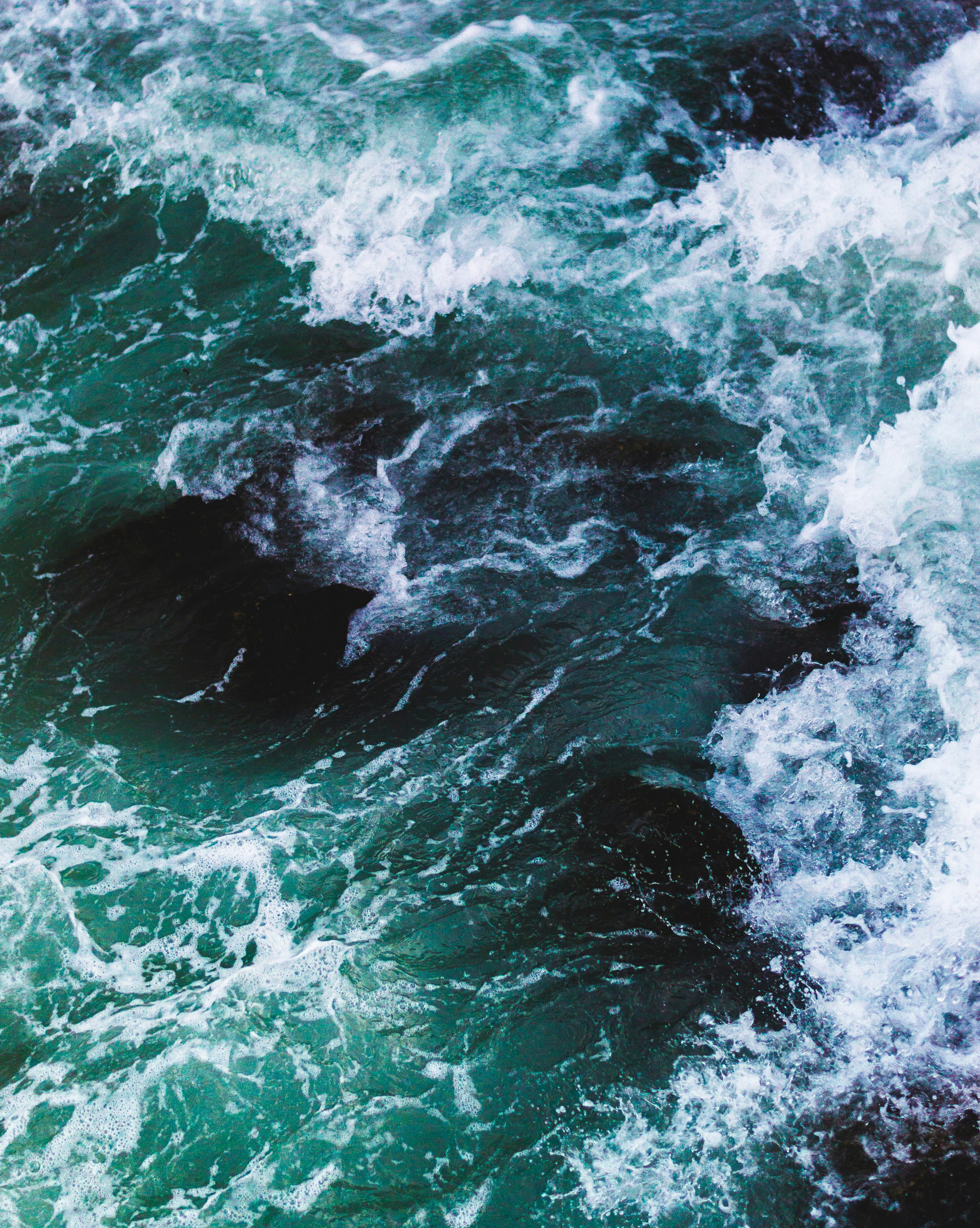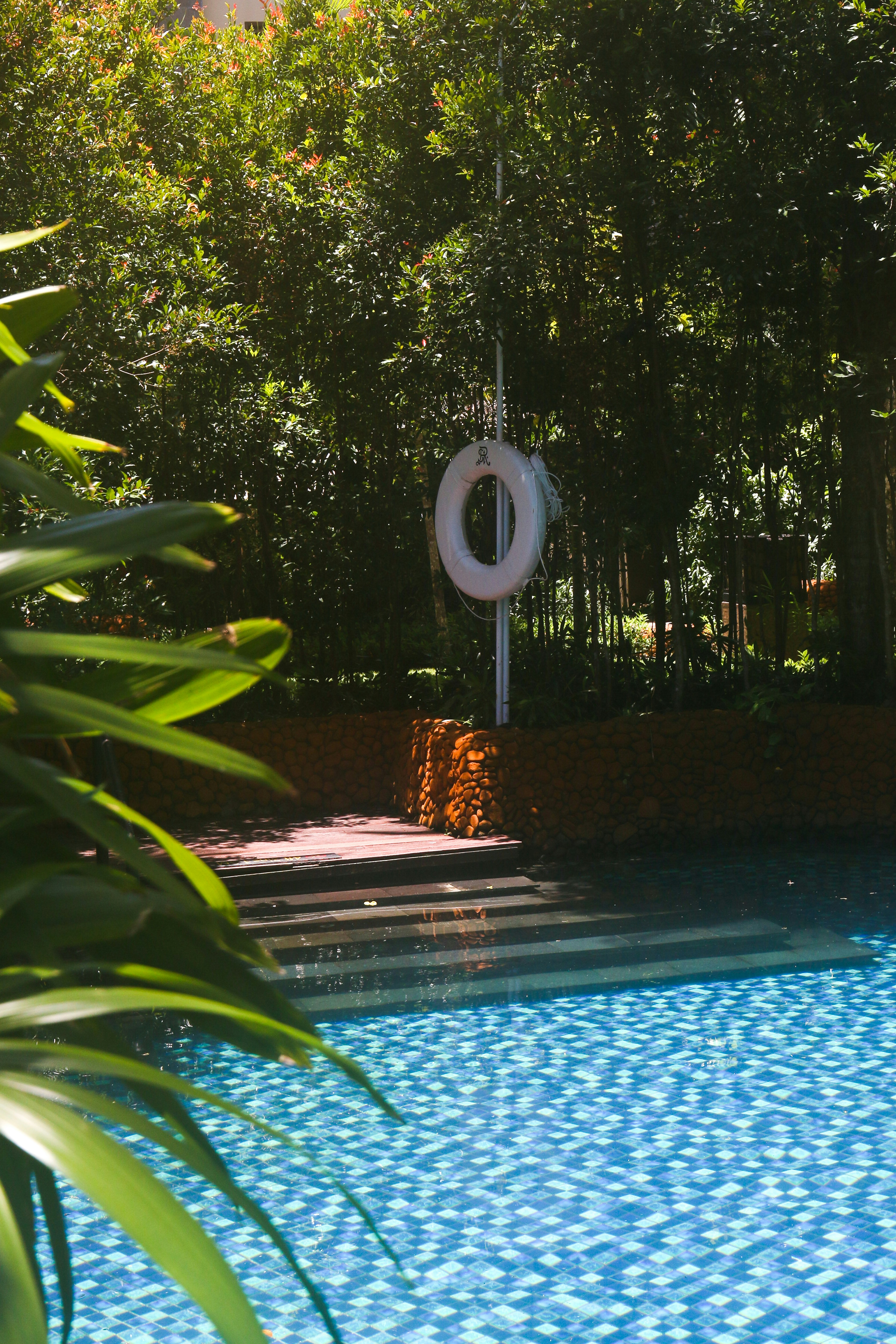Living in a coastal area has its perks: breathtaking views, fresh ocean breeze, and the calming sounds of crashing waves. While enjoying this coastal lifestyle, it’s important to be aware of potential safety concerns regarding well water. Whether you rely on well water for drinking, cooking, or other household needs, understanding the possible risks and how to address them is crucial. In this article, we will explore the key points you should know about safety concerns related to well water in coastal areas, ensuring you have the knowledge needed to maintain a safe and healthy living environment.
Saltwater Intrusion
Coastal areas are prone to saltwater intrusion, which occurs when saltwater from the ocean infiltrates and mixes with freshwater sources, such as wells. This can happen due to various causes, including the over-pumping of freshwater aquifers, sea level rise, and natural geological processes.
When saltwater intrusion occurs, it can have significant impacts on well water quality. The high salt content in the water makes it unsuitable for drinking, irrigation, and other purposes. Excessive salinity can also harm crops and vegetation, leading to agricultural and ecological disruptions. Additionally, saltwater intrusion can increase the corrosion and deterioration of plumbing systems and appliances that come into contact with the water.
Preventing and mitigating saltwater intrusion is crucial for maintaining the quality and availability of freshwater resources in coastal areas. It requires a combination of sustainable water management practices, such as reducing groundwater pumping rates, implementing saltwater barriers, and promoting the use of alternative water sources. Additionally, monitoring and early detection of saltwater intrusion are essential for prompt action and effective mitigation measures.
Chemical Contamination
In coastal areas, well water can also be at risk of chemical contamination. Chemical contaminants can enter groundwater sources through various sources, including industrial activities, agricultural runoff, and improper disposal of hazardous materials. These contaminants can include heavy metals, pesticides, fertilizers, and volatile organic compounds (VOCs), among others.
Exposure to chemical contaminants in well water can pose significant health risks to individuals. Consuming or using water contaminated with these substances can lead to acute or chronic health issues, such as gastrointestinal problems, neurological disorders, and even certain types of cancer.
To ensure the safety of well water in coastal areas, regular testing and treatment are essential. Testing can identify the presence of chemical contaminants, allowing appropriate treatment measures to be implemented. Filtration systems, activated carbon filters, and reverse osmosis systems are commonly used to remove chemical contaminants from water sources. It is crucial to consult with water treatment professionals to determine the most suitable treatment options based on the specific contaminants identified in the well water.
Bacterial and Microbial Contamination
Coastal areas are not only susceptible to saltwater intrusion and chemical contamination but also bacterial and microbial contamination in well water. Bacterial and microbial contamination can originate from various sources, including sewage leakage, animal waste, and surface water runoff.
Common pathogens found in contaminated well water include bacteria such as Escherichia coli (E. coli), Salmonella, and Campylobacter. These pathogens can cause severe gastrointestinal illnesses, including diarrhea, vomiting, and stomach cramps. Additionally, microbial contaminants like viruses and protozoa can lead to waterborne illnesses such as hepatitis A and cryptosporidiosis.
To protect against bacterial and microbial contamination in well water, proper disinfection methods are crucial. Chlorination, ultraviolet (UV) disinfection, and filtration systems can effectively remove or kill harmful bacteria and microbes, ensuring the safety of the water. Regular testing for microbial indicators is also recommended to monitor well water quality and take timely action if contamination is detected.
Coastal Erosion and Well Integrity
Coastal erosion can have a detrimental impact on well water and its quality. As the shoreline erodes, wells located near the coast may become compromised, allowing seawater to infiltrate the well casing and contaminate the freshwater source. Erosion can also lead to the collapse of the surrounding land, causing structural damage to well infrastructure.
It is essential for residents in coastal areas to be aware of signs of well integrity issues. These signs may include changes in water taste, odor, or appearance, decreased water pressure, or the presence of sediment in the water. If any of these indicators are observed, it is crucial to have the well inspected by a professional to identify and address any integrity concerns promptly.
Preventive measures and regular maintenance play a critical role in safeguarding wells against the impacts of coastal erosion. Constructing wells at safe distances from the shoreline, reinforcing well casings, and implementing erosion control measures can help prevent seawater intrusion. Regular maintenance, including casing inspections, pump checks, and water quality testing, can detect and address any potential issues before they escalate.
In instances where the integrity of a well has been compromised due to coastal erosion, technical interventions may be necessary. These can include well rehabilitation, sealing off saltwater intrusion pathways, or even relocating the well to a safer area. Consulting with well construction and maintenance professionals is vital to determine the most appropriate course of action based on the specific circumstances.
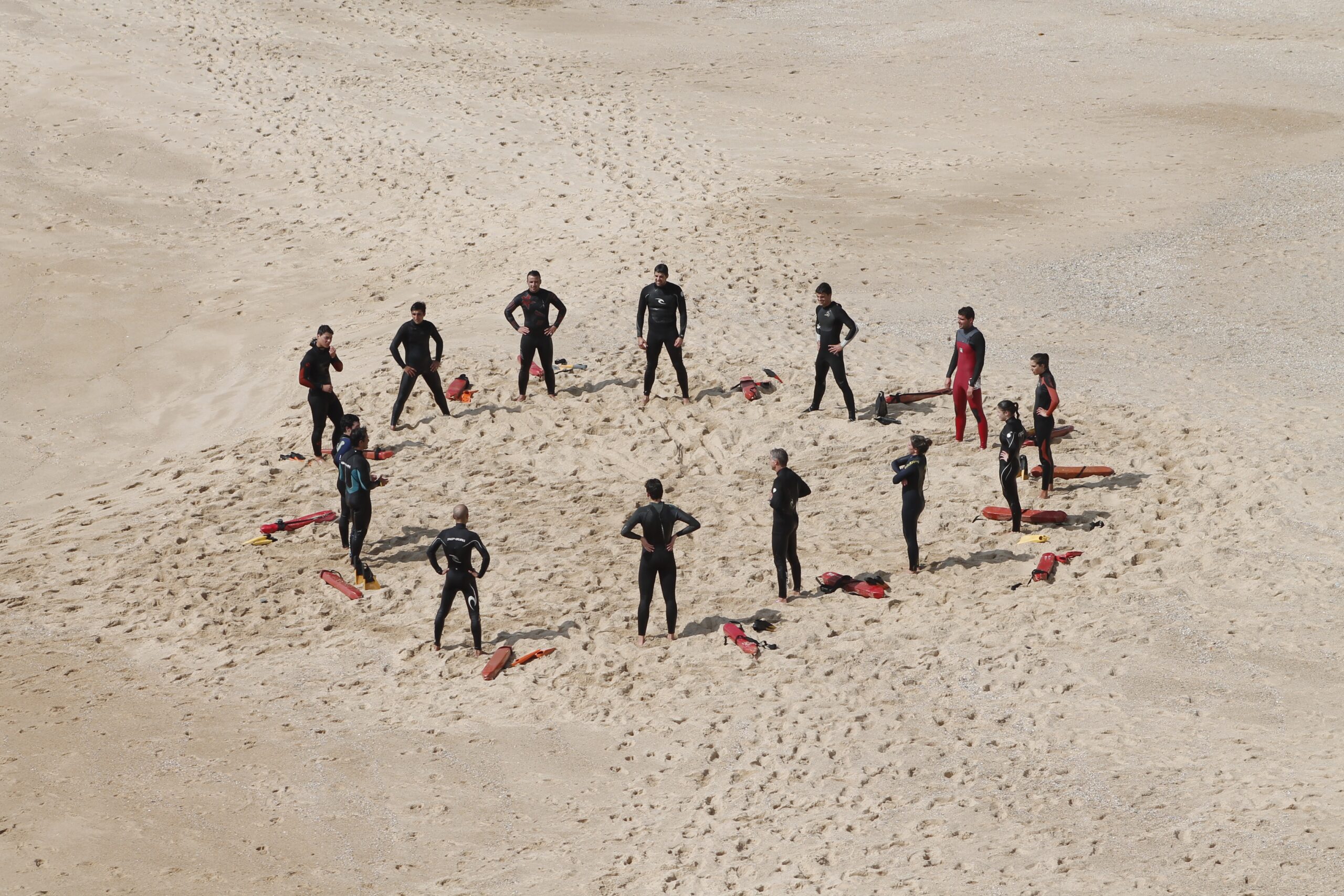
Sea Level Rise
Sea level rise poses significant challenges for coastal areas, including the integrity and quality of well water sources. As sea levels increase, saltwater intrusion becomes more prevalent, particularly in low-lying coastal regions. Rising groundwater levels can cause saline water to infiltrate freshwater aquifers, rendering well water unfit for consumption or irrigation.
The increased vulnerability to contamination is another concern associated with sea level rise. Floodwaters can carry pollutants from various sources, including urban areas, agricultural fields, and industrial sites, contaminating well water supplies. High levels of bacteria, chemicals, and other contaminants can be introduced into wells, posing immediate health risks to individuals who rely on them for drinking water.
Adapting to sea level rise requires a combination of strategies to ensure the safety and availability of freshwater resources. This may include implementing coastal setback regulations to protect well construction from potential inundation, utilizing well caps or raised wellheads to prevent floodwater entry, and exploring alternative water sources such as rainwater harvesting or desalination. Local regulations and guidelines should be followed to ensure proper design, construction, and maintenance of wells in the face of sea level rise.
Stormwater Runoff
Stormwater runoff can carry a wide range of pollutants that can contaminate well water in coastal areas. As rainwater flows over roads, parking lots, yards, and other surfaces, it collects pollutants such as pesticides, fertilizers, pet waste, and oil residues. If not effectively managed, these pollutants can seep into the ground and contaminate groundwater sources, including wells.
Contamination risks for wells situated in coastal areas are particularly high due to the proximity to potential sources of pollutants. It is essential to be aware of the potential threats associated with stormwater runoff and take protective measures to safeguard the well water supply.
Implementing stormwater management strategies can help reduce the risk of contamination. This may involve creating buffer zones or permeable surfaces to capture and filter stormwater before it reaches groundwater sources. Proper drainage systems and best management practices for handling and disposing of hazardous substances can also help minimize the impact of stormwater runoff on well water quality.
In addition to these strategies, protective measures specifically aimed at well water sources can be taken. These include installing well caps or covers to prevent surface contaminants from entering the well, maintaining a safe distance between potential pollutant sources and the well, and regularly testing the water quality to detect any signs of contamination promptly.
Septic System Impact
Improperly designed or maintained septic systems can pose significant risks to the quality of well water in coastal areas. When septic systems malfunction or are not adequately located or maintained, they can become a pathway for contaminants to reach groundwater, including wells.
Pathways to well water contamination from septic systems can occur through leaks, cracks, or system overflows. These issues can introduce harmful bacteria, viruses, and nitrates into the groundwater, rendering the well water unsafe for consumption.
To mitigate the risks associated with septic system impact on well water, regular inspections and maintenance are crucial. Properly designed and installed septic systems should adhere to local regulations and guidelines. Regular inspections can detect any potential issues, such as leakages or system failures, allowing for timely repairs or replacements. Adequate spacing between septic systems and wells should be maintained to prevent contamination.
Another important aspect of septic system management is responsible wastewater disposal. Avoid flushing harmful chemicals, medications, or non-biodegradable materials down the drain, as they can disrupt the functioning of septic systems. Additionally, practicing water conservation measures can minimize the amount of wastewater generated, reducing the load on septic systems and the potential for groundwater contamination.
Harmful Algal Blooms
Harmful algal blooms (HABs), often referred to as red tide or blue-green algae, can occur in coastal areas and pose risks to well water quality. Algal blooms are rapid increases in the population of algae, some of which can produce toxins that are harmful to both humans and marine life.
The causes and factors contributing to algal blooms are complex and can involve factors such as nutrient pollution, warm water temperatures, and changes in water chemistry. When these blooms occur, the toxins produced by certain types of algae can contaminate well water sources located in close proximity to affected coastal areas.
Drinking or using contaminated well water from algal blooms can lead to a range of health risks. Symptoms can vary depending on the specific toxin present, but common effects include gastrointestinal distress, respiratory issues, and skin irritations.
Monitoring the well water for signs of algal toxin contamination is crucial in areas prone to harmful algal blooms. Testing the water for algal toxins can identify the presence of harmful compounds and aid in determining appropriate treatment or alternative water sources. In cases of confirmed contamination, treatment options such as activated carbon filters or advanced oxidation processes may be utilized to remove or neutralize the toxins.
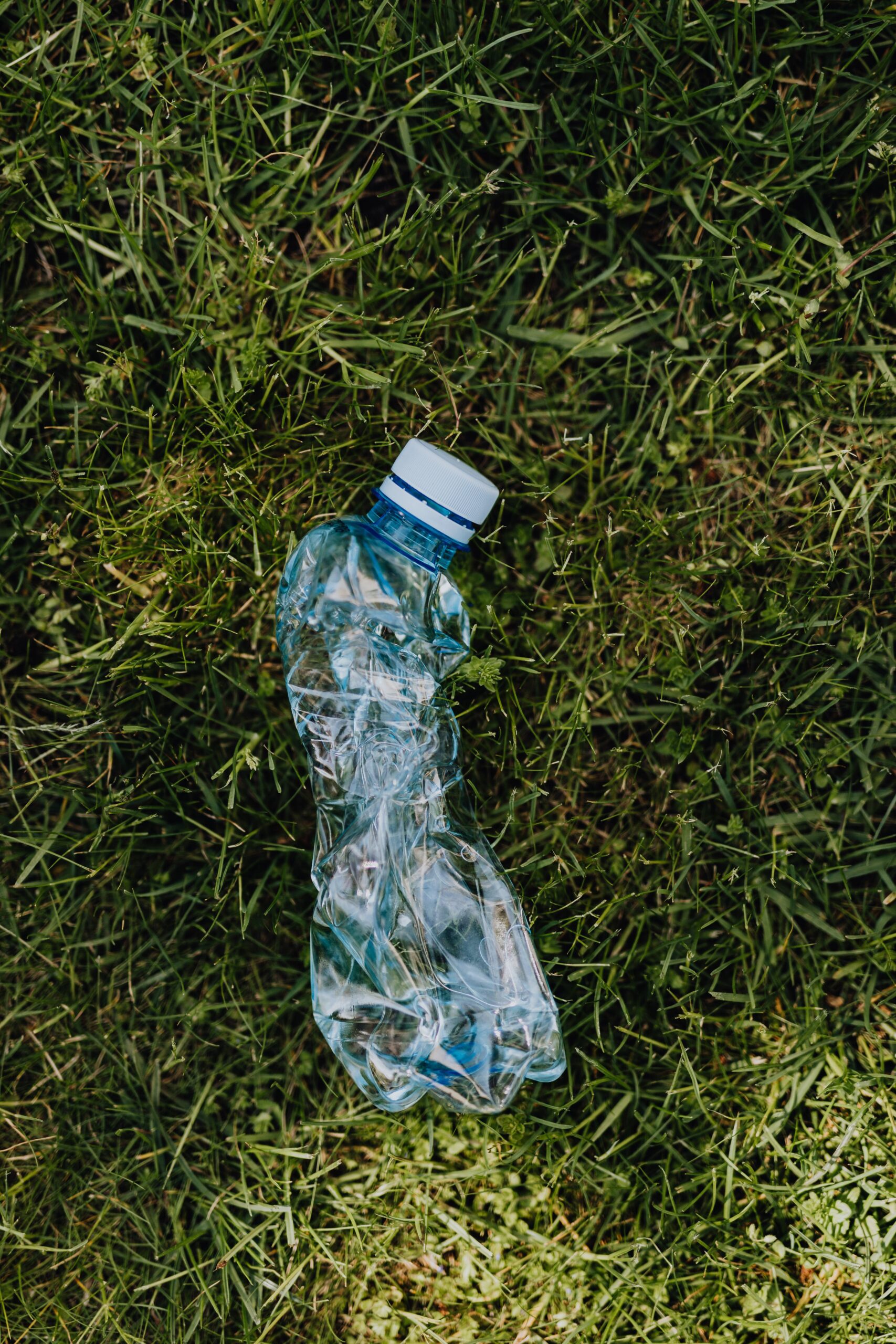
Natural Disasters
Natural disasters can significantly impact the quality of well water in coastal areas. Events like hurricanes, flooding, and tsunamis can introduce a range of contaminants into wells, including sediment, bacteria, chemicals, and other hazardous substances.
Floodwater contamination poses the most immediate threat to well water quality during natural disasters. As floodwaters rise, they can breach wells and introduce a multitude of contaminants from various sources. Additionally, the increased flow of surface water can overwhelm wastewater treatment systems, leading to sewage overflows and additional contamination risks.
After a natural disaster, it is crucial to prioritize well water testing to ensure its safety. Testing can detect any potential contaminants that may have entered the well during the event. Treatment options such as shock chlorination or flushing may be necessary to remove or reduce the presence of bacteria or other harmful substances.
Emergency water supply preparations are also key to ensuring access to safe drinking water during and after natural disasters. This may involve storing an adequate supply of bottled water, utilizing emergency water purification methods, or coordinating with local authorities to provide temporary water distribution to affected communities.
Well Construction and Maintenance
Proper well construction and regular maintenance are fundamental in ensuring the safety and quality of well water in coastal areas. Well construction standards and permits, specific to the local jurisdiction, should be followed to ensure that wells are correctly designed, located, and installed.
Regular maintenance of wells is essential to prevent or address any potential issues that may arise. This includes routine checks of well components, ensuring proper sealing and protection against contaminants, and cleaning or disinfection as necessary. Water quality testing should be conducted periodically to monitor the well water for any signs of contamination.
Professional well inspection services can play a vital role in ensuring the integrity and efficiency of well systems in coastal areas. Expert inspectors can assess the construction, functioning, and potential risks of wells, providing recommendations or repairs based on their findings. Engaging professional services can help identify and address any underlying issues before they become significant concerns, ensuring the ongoing safety and reliability of well water.
In conclusion, safety concerns related to well water in coastal areas are multifaceted and require a comprehensive understanding of the various threats that can impact water quality. By being aware of the causes and effects of saltwater intrusion, chemical contamination, bacterial and microbial contamination, coastal erosion, sea level rise, stormwater runoff, septic system impact, harmful algal blooms, natural disasters, and proper well construction and maintenance, individuals in coastal areas can take the necessary steps to protect their well water supply. Regular testing, treatment measures, and preventive strategies can help ensure the availability of safe and clean well water in these vulnerable regions.


